AHA, Laerdal Medical to continue 45-year relationship.

By AMERICAN HEART ASSOCIATION NEWS
The American Heart Association and Laerdal Medical have agreed to a five-year extension of a strategic alliance between the two organizations.
The AHA board of directors approved the extension on Thursday.
The extension is to the decade-long formal strategic alliance between AHA and Laerdal signed in 2005. However, the organizations have had a relationship for 45 years, helping train people in CPR and advanced resuscitation techniques.
Laerdal’s expertise in resuscitation products dates back to 1960, when company founder Asmund Laerdal, a toy manufacturer, met with resuscitation pioneer and AHA volunteer Peter Safar, M.D. to discuss the need for a life-like doll that could teach people CPR, then in its infancy.
The result was Resusci Anne, the first CPR manikin. Laerdal named the manikin after his Norwegian company’s popular line of Anne dolls.
The AHA estimates that more than 300 million people worldwide have learned CPR with Resusci Anne –called “the most-kissed girl in the world,” according to Laerdal President David Johnson.
In the 1970’s Laerdal supported the translation and distribution of AHA’s scientific resuscitation guidelines and in the late 1990’s became a distributor of AHA training materials.
According to Johnson, the alliance with the AHA creates “swim lanes” to guide roles and responsibilities.
By marrying Laerdal’s leadership in training technology and simulation and AHA’s leadership in clinical guidelines and educational materials, “we’ve been able to produce unprecedented training programs of much higher impact and quality,” said John Meiners, executive vice president of emergency cardiovascular care programs at the AHA.
Mutual respect and trust are what drives the long-term success of the AHA-Laerdal relationship, said Laerdal CEO Clive Patrickson.
“We have missions which are completely aligned,” he said. “Both Laerdal and AHA have a style of working together that says ‘let me see if I can make this work for the other party first, then let me see if we can make that work for ourselves.’”
The first product the organizations developed was HeartCode, an electronic learning course using a manikin to simulate human responses and provide feedback. From 2011-2015, HeartCode trained more than 2.2 million people, according to the AHA.
In 2005, the AHA and Laerdal debuted MiniAnne, an inexpensive inflatable manikin included in AHA’s CPR Anytime, a self-paced training program using DVD instruction. The program offered a new way to teach CPR, without requiring an instructor, according to Clive Patrickson, Laerdal CEO.
Since its debut, CPR Anytime has trained nearly 3 million people, according to the AHA.
The AHA Resuscitation Quality Improvement program introduced in late 2014 offers medical professionals a way to learn and maintain their knowledge and skills with brief but frequent training sessions, according to the AHA.
Meiners calls the RQI system a “shining example” of what AHA hoped could be accomplished through the strategic relationship with Laerdal.
“We’re completely committed to our mission to save lives, as is AHA, and that has helped us continue to build a strong relationship,” Johnson said.


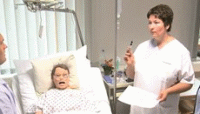
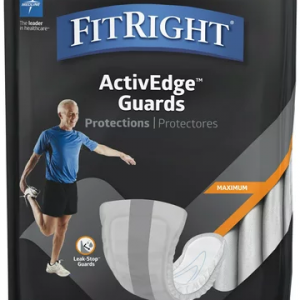
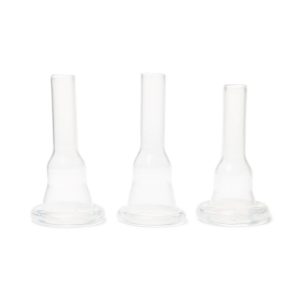
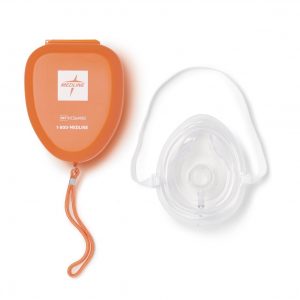
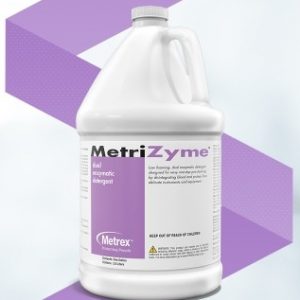
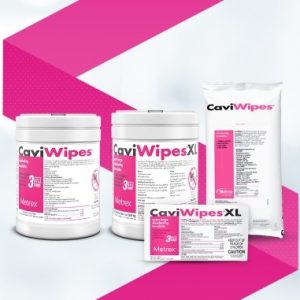
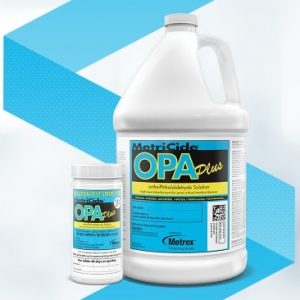
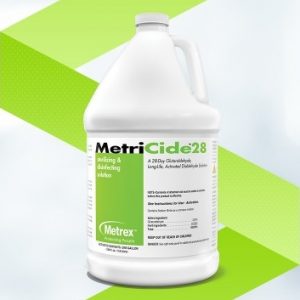
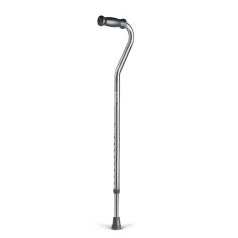
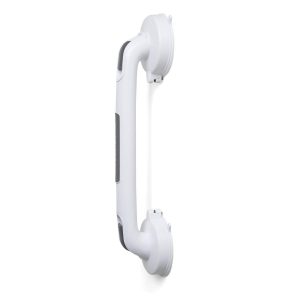
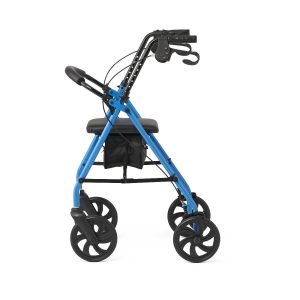
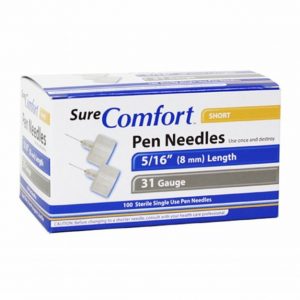
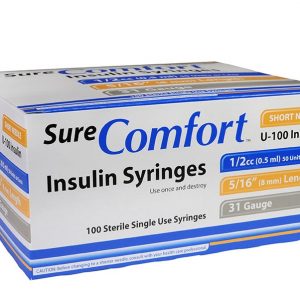
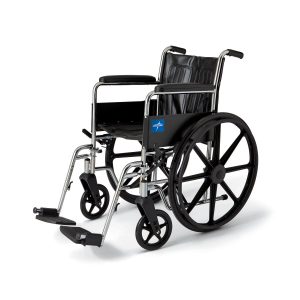
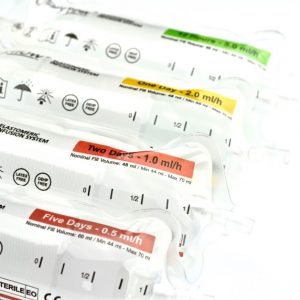
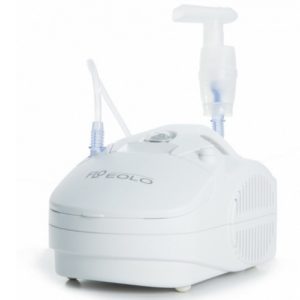
Sorry, the comment form is closed at this time.